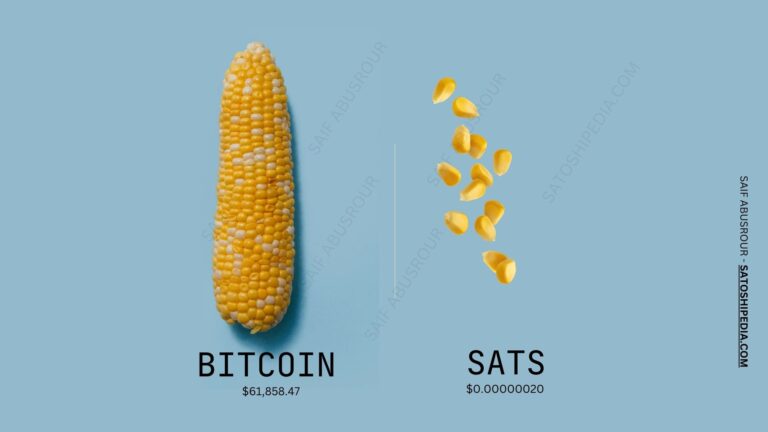Ethereum’s Layer 2 solutions are rapidly gaining traction as the network addresses its scalability challenges. This article explores the latest developments in Ethereum’s Layer 2 solutions, focusing on their impact on scalability, transaction fees, and overall network performance.
Understanding Layer 2 Solutions
Layer 2 solutions are protocols built on top of the Ethereum blockchain to enhance its scalability and efficiency. These solutions aim to alleviate the network’s congestion and reduce transaction costs by processing transactions off-chain and then settling them on the Ethereum mainnet.
Two prominent Layer 2 solutions are Optimistic Rollups and zk-Rollups. Optimistic Rollups use a technique called optimistic execution to process transactions off-chain, with periodic checks to ensure accuracy. zk-Rollups, on the other hand, use zero-knowledge proofs to bundle multiple transactions into a single proof, significantly increasing transaction throughput.
Impact on Scalability and Fees
The implementation of Layer 2 solutions has already begun to show promising results. By processing transactions off-chain, these solutions have reduced congestion on the Ethereum network, leading to lower transaction fees and faster processing times.
For users and developers, this means a more efficient and cost-effective experience on the Ethereum network. DeFi applications, in particular, benefit from the enhanced scalability and reduced fees, making it easier for users to interact with various financial products and services.
Challenges and Future Prospects
Despite the progress, Layer 2 solutions face several challenges. Integration with existing Ethereum infrastructure and ensuring compatibility with various applications can be complex. Additionally, there are concerns about security and decentralization, as off-chain processing introduces new risks.
Looking ahead, continued development and adoption of Layer 2 solutions are expected to play a crucial role in Ethereum’s scalability strategy. As these solutions mature and gain wider acceptance, they have the potential to significantly enhance the Ethereum network’s performance and user experience.
Ethereum’s Layer 2 solutions represent a significant step forward in addressing the network’s scalability challenges. By reducing transaction fees and improving processing times, these solutions are set to enhance the overall efficiency of the Ethereum ecosystem. For traders and developers, staying informed about Layer 2 developments is essential for leveraging these advancements and navigating the evolving Ethereum landscape.



